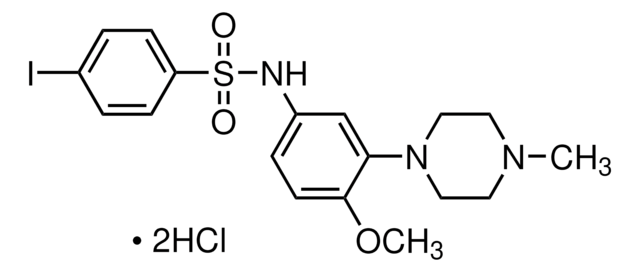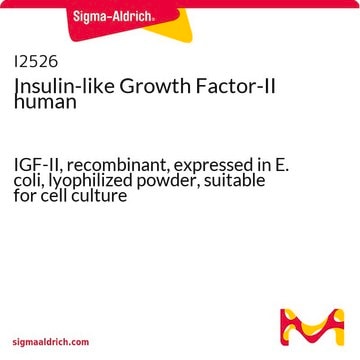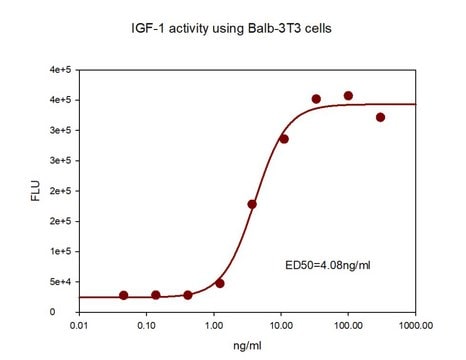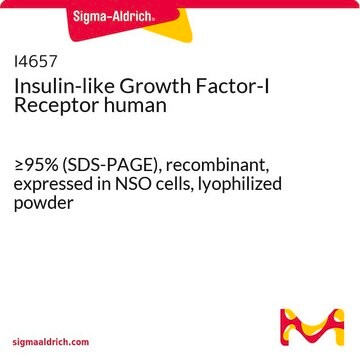S6021
D-Sorbitol
≥98% (GC), Molecular Biology
Synonym(s):
D-Glucitol
About This Item
Recommended Products
grade
Molecular Biology
Quality Level
vapor density
<1 (vs air)
vapor pressure
<0.1 mmHg ( 25 °C)
assay
≥98% (GC)
form
powder or crystals
color
white
useful pH range
5.0-7 (25 °C, 182 g/L)
mp
98-100 °C (lit.)
solubility
water: soluble 182g/l at 20 °C (68 °F)
Looking for similar products? Visit Product Comparison Guide
1 of 4
This Item | I2526 | SRP3069 | I4657 |
|---|---|---|---|
| biological source human | biological source human | biological source human | biological source human |
| assay ≥95% (HPLC) | assay ≥98% (SDS-PAGE and HPLC) | assay ≥95% (HPLC) | assay ≥95% (SDS-PAGE) |
| technique(s) cell culture | mammalian: suitable | technique(s) cell culture | mammalian: suitable | technique(s) cell culture | mammalian: suitable | technique(s) - |
| recombinant expressed in E. coli | recombinant expressed in E. coli | recombinant expressed in E. coli | recombinant expressed in NSO cells |
| Quality Level 200 | Quality Level 200 | Quality Level 300 | Quality Level 200 |
| form lyophilized powder | form lyophilized powder | form lyophilized powder | form lyophilized powder |
Application
Biochem/physiol Actions
Other Notes
Storage Class
11 - Combustible Solids
wgk_germany
WGK 1
flash_point_f
Not applicable
flash_point_c
Not applicable
ppe
Eyeshields, Gloves, type N95 (US)
Choose from one of the most recent versions:
Certificates of Analysis (COA)
Don't see the Right Version?
If you require a particular version, you can look up a specific certificate by the Lot or Batch number.
Already Own This Product?
Find documentation for the products that you have recently purchased in the Document Library.
Customers Also Viewed
Our team of scientists has experience in all areas of research including Life Science, Material Science, Chemical Synthesis, Chromatography, Analytical and many others.
Contact Technical Service








